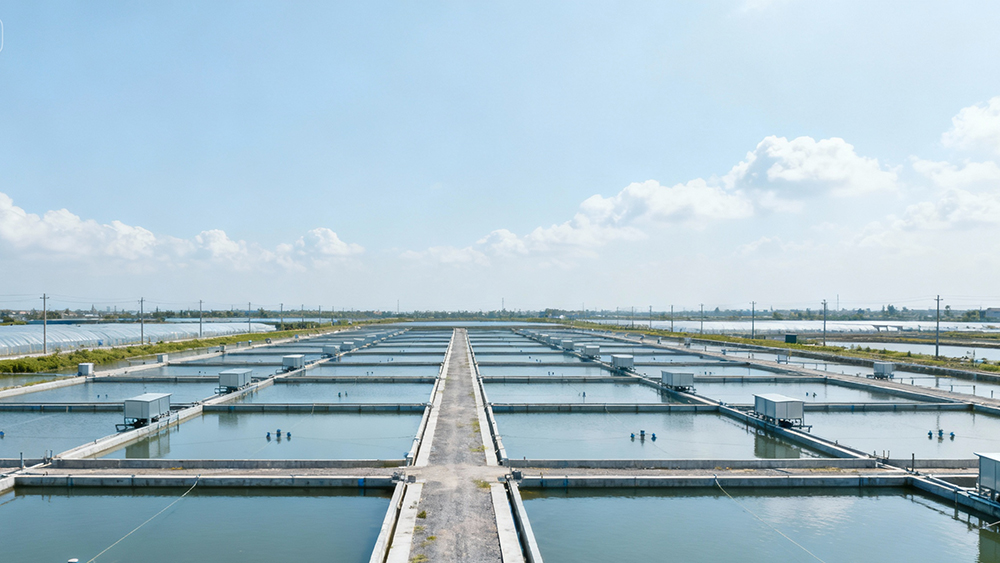+86 13816508465
Pump Knowledge
Nov. 20, 2025

A healthy fish pond or aquaculture system depends on one crucial piece of equipment: the pump. It is the heart of your aquatic environment, responsible for water circulation and oxygenation. Without it, water stagnates, oxygen levels drop, and waste accumulates, creating a toxic environment for your fish.
Choosing the right pump directly impacts fish health, growth rates, and the overall efficiency of your system. This guide will walk you through everything you need to know to select the perfect pump, ensuring your aquatic life thrives. We will cover key factors, common pump types, and best practices for installation and maintenance.
A pump is more than just a device that moves water; it's a life support system. Its primary role is to ensure constant water movement. This circulation is essential for proper aeration, distributing dissolved oxygen evenly throughout the pond and preventing dead zones where fish can't breathe.
Pumps also drive critical processes like filtration, waste removal, and water exchange. They power filters that trap debris and biological systems that break down harmful ammonia and nitrites. By keeping the water moving, pumps help stabilize temperatures and maintain consistent water quality, which is vital for healthy and stress-free fish.
Selecting a pump isn't a one-size-fits-all decision. You need to consider several factors to find a model that meets your specific needs.
Pond Size and Water Volume
The size of your pond or tank is the first thing to consider. A small backyard pond has very different requirements than a large commercial aquaculture farm. Calculate your total water volume to determine the pump capacity you need.
Large Ponds: These require high-flow centrifugal or powerful submersible pumps to move significant volumes of water effectively.
Small Ponds: A low-power filter pump or even a fountain pump can provide adequate circulation for smaller decorative ponds.
Flow Rate and Head Height
Flow rate, measured in gallons per hour (GPH) or liters per hour (LPH), tells you how much water a pump can move. A good rule of thumb is to choose a pump that can circulate the entire volume of your pond at least once every one to two hours. For example, a 1,000-gallon pond needs a pump with a flow rate of at least 500-1,000 GPH.
You must also consider 【head height,】 which is the vertical distance the pump has to push water. As head height increases, a pump's effective flow rate decreases. Always check the manufacturer's performance chart to see how the flow rate changes at different head heights to ensure it will work for your setup.
Water Quality and Solid Content
The type of water and the amount of debris it contains will influence your pump choice.
Clean Water: If your system is well-filtered with minimal debris, a standard circulation or multistage pump will work well.
Debris-filled Ponds: Outdoor ponds with leaves, sludge, or significant fish waste need a solids-handling pump. These are often called 【trash】 or 【sewage-type】 pumps and are designed to pass solids without clogging.
Energy Efficiency
Aquaculture pumps often run 24/7, making energy consumption a major factor. An inefficient pump can lead to high electricity bills. Look for energy-saving models, sometimes with inverter technology, that are designed for continuous duty. While they may have a higher initial cost, they save you money in the long run.
Noise and Safety
For residential ponds or indoor systems, noise can be a concern. Look for pumps with a low-noise design. Safety is also paramount, especially in wet environments. Ensure the pump is made from corrosion-resistant materials like stainless steel or durable plastic, particularly for saltwater applications.
Different pumps are designed for different jobs. Here are the most common types you will encounter.
Submersible Pumps
As the name suggests, submersible pumps are installed directly in the water. They are known for being quiet, compact, and easy to install. These pumps are ideal for small to medium-sized ponds and are a popular choice for backyard koi ponds and water features.
Centrifugal Pumps
Centrifugal pumps are external units that sit outside the pond. They are powerful and durable, making them suitable for larger ponds and commercial aquaculture systems. They can move massive amounts of water and are built for continuous, heavy-duty operation.
Air-Lift or Aeration Pumps
These pumps are designed specifically for oxygenation rather than high-volume circulation. They use air to move water, creating bubbles that increase dissolved oxygen levels. Air-lift pumps are often used in hatcheries, holding tanks, and other environments where oxygen control is critical.
Trash or Sludge Pumps
When your pond has a lot of solid waste, a trash pump is essential. These robust pumps can handle debris, fish waste, leaves, and sediment without getting damaged or clogged. They are a must-have for routine pond cleaning and maintenance.
Proper installation and regular maintenance will extend your pump’s life and keep it running efficiently.
Prevent Air Entry: Ensure the pump's intake is submerged deep enough to avoid sucking in air, which can cause damage (cavitation).
Clean Regularly: Routinely clean the pump's impeller and any pre-filters or screens to remove debris. Clogs reduce flow and strain the motor.
Protect Electricals: Keep all electrical connections dry and protected from moisture to prevent short circuits and ensure safety.
Schedule Check-ups: For pumps running continuously, schedule routine inspections to check for wear and tear, ensuring reliable performance.
A reliable pump is the foundation of a clean, oxygen-rich, and healthy aquatic environment. By carefully considering your pond's size, water volume, and solid content, you can choose a pump that provides the right balance of flow rate, energy efficiency, and durability.
Don't underestimate the importance of this decision. Investing in the right aquaculture pump will protect your fish, simplify your maintenance tasks, and ensure the long-term success of your pond or aquaculture system. Choose wisely to keep your aquatic world thriving.
Address
No.17 XeDa Jimei Ind. Park, Xiqing Economic Development Area, Tianjin, China
Telephone
+86 13816508465
QUICK LINKS